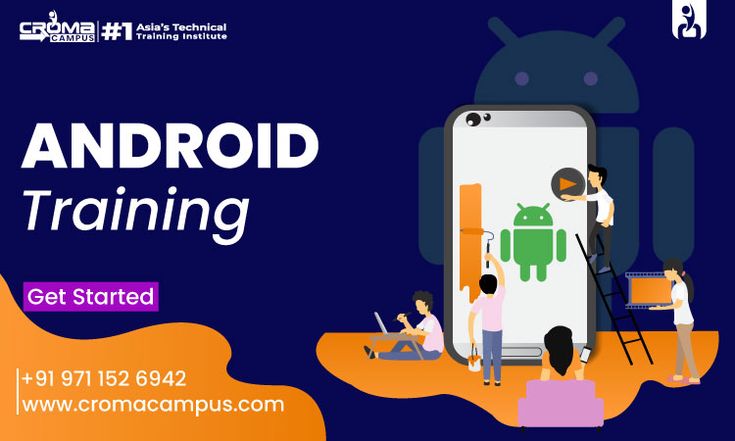How to Choose the Right Architecture for Your Android Project?

In the current time, Android development is one of the most trending skills that can help you boost your career. If you have learned about it or have a little knowledge of it, then you may have an idea that it is one of the most confusing decisions to choose the appropriate architecture pattern. This choice can affect your app’s maintainability, scalability, and overall success.
This is why it is necessary to get a complete overview of this if you are interested in this field. Well, you can make a decision to enroll in the Android Training in Noida after understanding this article. Taking this training can help you understand the different Android architecture patterns as well as different concepts of this process. Then let’s begin understanding these patterns in detail:
What are Android Architecture Patterns?
Android architecture patterns help you organize your code in a clean and simple way. They divide the work into different parts so each part does one thing. This makes your app easier to understand, test, and fix when needed. Well, if you take Android Classes in Delhi, you will be able to understand these patterns easily.
MVP (Model-View-Presenter)
MVP is an older and easy-to-understand way to organize your app. It splits your code into three parts:
- Model – handles data and business logic
- View – shows things on the screen
- Presenter – connects the Model and View
This pattern is great for beginners and is often taught in Android classes in Gurgaon. It makes your code cleaner and easier to test. But if you’re not careful, it can lead to too much repeated code and make the Presenter and View too tightly linked.
MVVM (Model-View-ViewModel)
MVVM is very popular now, especially since Google added special tools to support it. It also splits the app into parts:
- Model – handles data
- View – displays the UI
- ViewModel – holds the data for the View and survives screen changes
This pattern uses things like LiveData and Data Binding to update the UI automatically when data changes. Many students in Android online courses like MVVM because it requires less code and handles the app life cycle better. It’s great for building modern Android apps.
MVI (Model-View-Intent)
MVI is the newest and most advanced pattern. It focuses on one-way data flow and fixed states. That means data only moves in one direction, which makes it easier to see what’s going on in your app.
This pattern is useful for apps with lots of user actions and changes on the screen. MVI is harder to learn, but it helps you write more reliable and easier-to-debug code.
Factors to Consider When Choosing Architecture
Here we have discussed some of the important factors that you may need to consider while choosing the Architecture. So, if you are from Gurgaon or nearby areas, taking in-class training from the Android Course in Gurgaon will help you to learn these concepts easily.
Project Complexity
If your app is small and only does basic things like adding, editing, or deleting data (CRUD), an MVP might be enough. But if your app has many screens, real-time updates, or lots of user actions, MVVM or MVI is a better choice. In Android training programs in Noida, students often learn this by working on real projects.
Team Experience
Think about how much your team knows. If your team is new to Android, MVP is a good place to start because it’s easier to understand. If your team has more experience, they can use MVVM or even try MVI for more modern and powerful apps.
Testing Needs
If testing your app is very important, MVVM and MVI are better. They keep parts of the app separate, which makes it easier to test. Many Android classes in Delhi teach how to do this kind of testing in detail.
Long-Term Maintenance
If your app needs to last a long time and get regular updates, MVVM is a smart choice. It has tools that handle screen changes and memory better, which helps keep your app running smoothly over time.
Apart from this, if you take an Android Online Course, then this will allow you to learn at your own pace from anywhere. This online course is ideal for candidates who aren’t able to attend in-class training and are staying in remote areas.
Conclusion
From the above discussion, it can be said that choosing the right architecture for your Android app depends on several important factors like how complex the project is, how experienced your team is, and how long you plan to maintain the app. Remember, there’s no one-size-fits-all solution when it comes to choosing an architecture. The best choice depends on what your specific project needs. A good architecture should help you keep your code clean, easy to manage, and simple to test, while also allowing your team t



